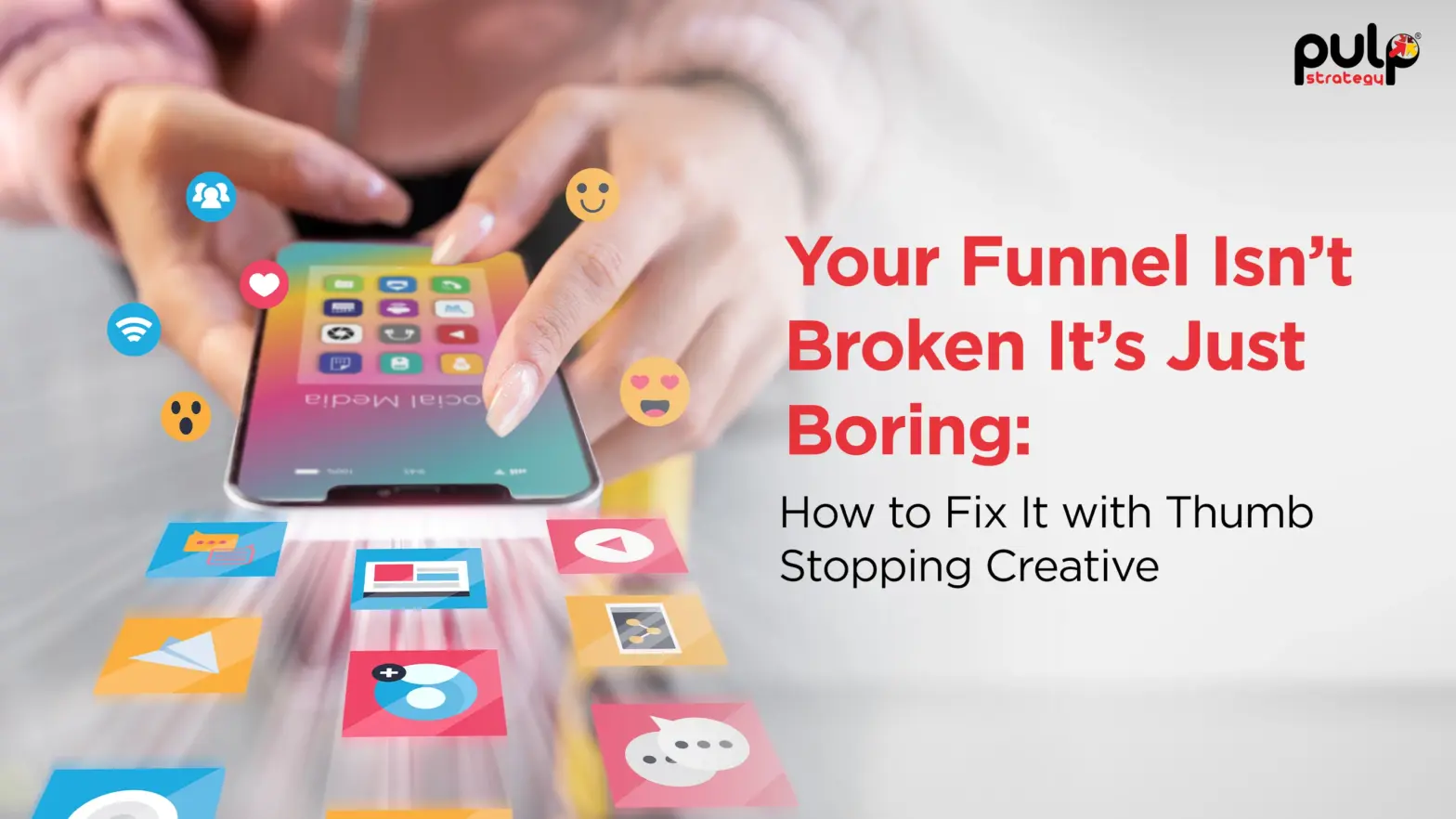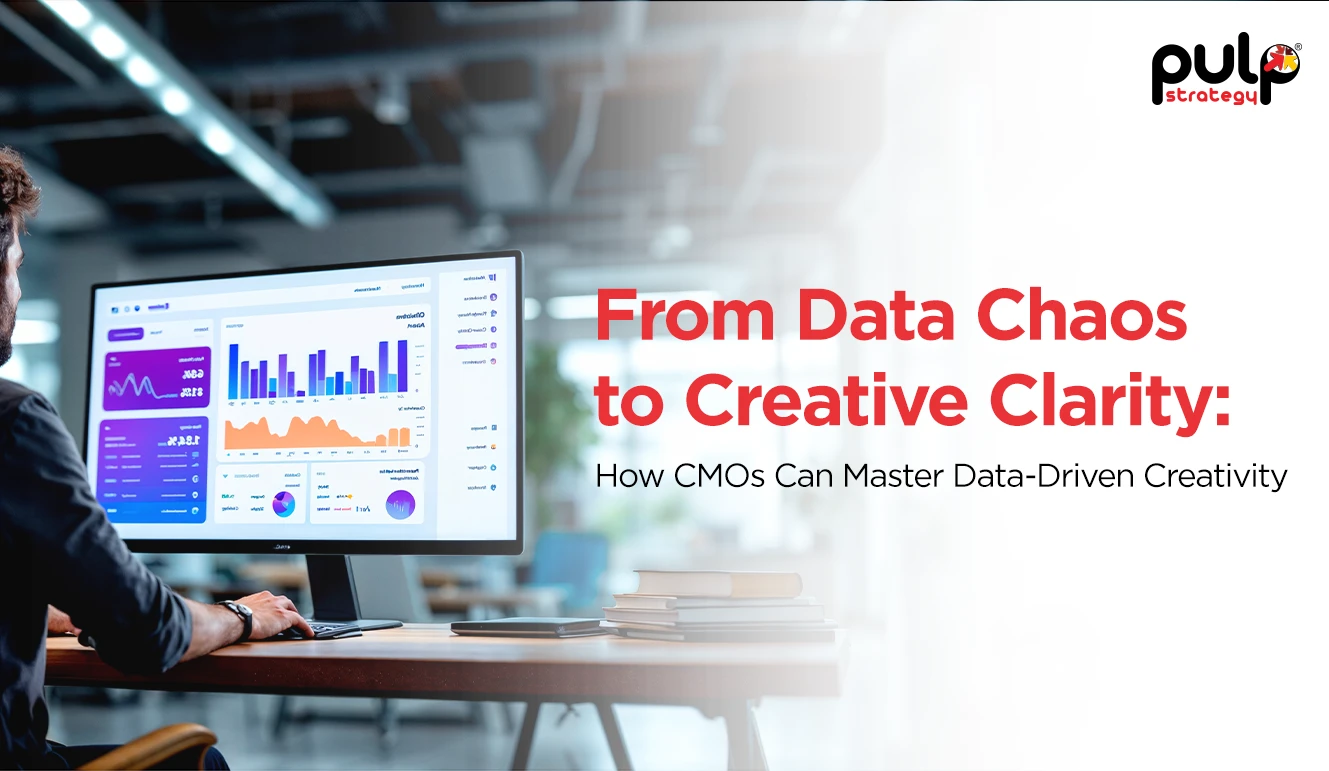Today, the term eCommerce is no longer a phenomenon. In fact, it's now the norm and every brick-and-mortar establishment is expected to have an eCommerce for customers to purchase goods online.
So, is Social Selling here to stay or is it just another fad? We're here to tell you that it most definitely is not a fad and is here to stay…and grow! Now brands that already have an online store might be reluctant to sell on socials as well. But for brands that want to stay ahead of their competition need to take their digital selling a step further and start selling on social media.
Brands will do well to remember to make it as convenient for their consumers to purchase their products. To do that, they have to position themselves where most of their consumers are most of the time - browsing and engaging on social media platforms.
What is Social Selling?
Social Selling, or in layman's terms, selling on social media, is when businesses choose to upload and sell their products and services on a social media platform. They then leverage the platform as a means to reach out to their audience and sell to them through the platform rather than a webpage. Social selling is rapidly gaining traction. Since everything in the digital marketing world moves at lightning speed, brands must remember not to let this one pass them by.
The Rise of Selling On Social Media
The majority of consumers today rely on social media for information on various purchases. And a good percentage of them are more likely to purchase a product after learning about it on social media. Because of this, brands can't afford not to be on social media or advertise on social media.
But a brand can't just make a social media page and expect consumers to come flocking. Instead, they have to make an effort to make their social media engaging and interesting enough for people to visit it. The best way to do this is through Social Selling. So let's get started in learning how to ace that.
Choosing the right platform for your business
While it's easy to get caught up in the big social network, the true winners are the brands that are on the same social media platform as their potential customers. That is the foundation of Social Selling success.
When it comes to selling on social media, brands have a number of platforms to choose from. But how to find out which one is right? Well, let's dive in.
Facebook: It should come as no surprise that FB is easily one of the best choices. A feature offered by FB that no other platform does is Product Catalog. With this feature, brands can link the inventory of their eCommerce store directly to their FB business profile and sell directly on FB.
Brands can their inventory items directly to their FB ads in order to reach their customers in a highly targeted way. Not only that, but they can also use their catalog when remarketing to customers using Facebook’s dynamic ads. While boosting posts or ads will bring success, brands must maintain a limit on the frequency of their ads so as not to spam their consumers.
Instagram: IG was the first 100% visual medium. Today, IG hosts over a billion users, and a fair percentage of them use the app to make purchases or to look at products they plan to buy. But how do consumers make those purchases? Through the "Shoppable Posts" feature introduced globally in 2018.
When selling on IG, brands can also connect their product catalog like on FB since the platforms are linked together. But the user experience for the customer is different. There is no pro to using IG over the FB product catalog but it's simply a user's preference. Because IG shares a lot of the same features as FB, the industries that will see success selling on social media via IG are about the same.
Pinterest: Pinterest has its own social media lingo, which also means that it has its own way of social selling. If users see a pin with a price in blue, then that means the product shown in the pin can be purchased. This is known as a buyable pin.
Brands can leverage buyable pins by simply connecting Pinterest to their eCommerce site. Every time a new product is added, brands can just check Pinterest when making the product visible online, and it automatically becomes a buyable pin. If a brand has buyable pins, users can go directly to its profile to find and shop for items.
Benefits of selling on social media
The more a brand is present online, the more exposure it will have. And the more options brands provide its consumers, the more consumers it will attract. This brings us to some of the key benefits of selling on social media.
#1. More consumers: The more consumers brands attract, the more opportunity they have to sell to more people than before. Consumers don't like to be inconvenienced. If a brand's consumers don't have to leave their preferred social media to shop, then the brand in question automatically becomes their preferred choice in online shopping.
#2. More revenue: With more places to purchase comes more sales revenue. Selling on social media through multiple platforms will give brands access to literally billions of potential customers.
#3. Enhanced visibility and awareness: Being on different social media platforms is the first step towards enhancing visibility and raising brand awareness. By having an online presence, brands can build awareness and get their business further than ever before.
#4. More engagement: By selling on social media, brands will be able to establish a strong relationship and offer a better shopping experience. Customers can ask brands questions and brands can answer them in real-time just as they would if consumers were shopping in the store. The whole reason social media was established was to help people be more social so brands must use it for its intended purpose.
Things to avoid
● Even if social selling will enable brands to reach customers the world over, it's important to remember that social selling is a relatively new concept that not all users are comfortable with. Hence, it is imperative to use good quality images, product descriptions, and an easy checkout process.
● Brands need to have a personality. They should want people to know more about their products than their business. They should take note of building trust with their followers first. That’s the foundation of having a credible brand that customers would love to have a deal with regularly.
● People are going to have questions about a brand's product. There are no two ways about it. And if they have questions, then brands must strive to answer them as quickly as possible. The greater engagement brands have with their potential customers, the more likely they will be to purchase from the brand in question.
Wrapping up
One thing is for sure - Social Selling will help brands sell more!
The above-mentioned tips will help brands find and connect with prospects on FG, IG, Pinterest, and more. Social Selling is not a one-off activity but something that should be used alongside existing sales prospecting techniques. While it might be difficult to get started, especially if a brand is new to social media, the benefits far outweigh the challenges.
Click here to get in touch with our experts today.










